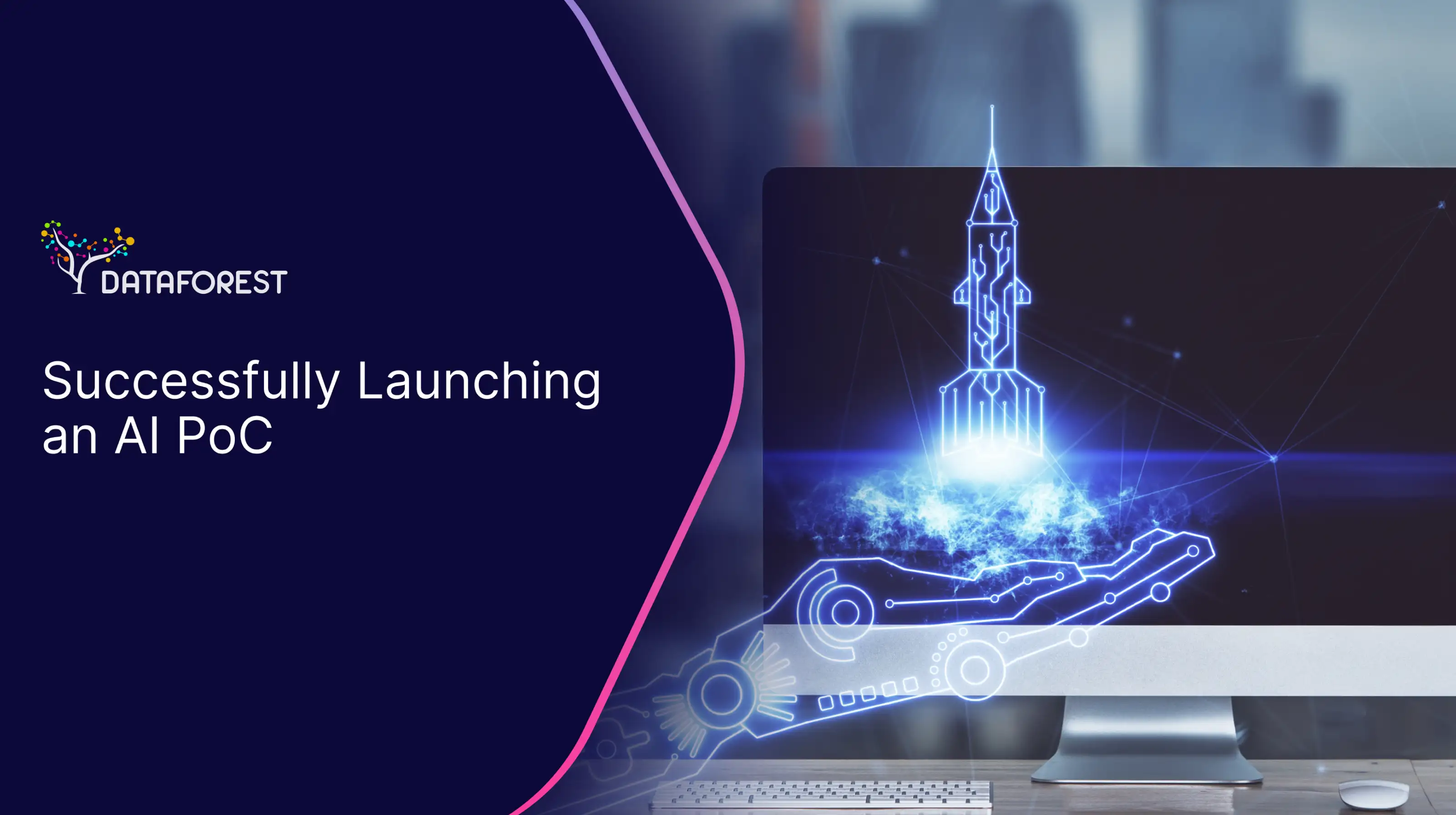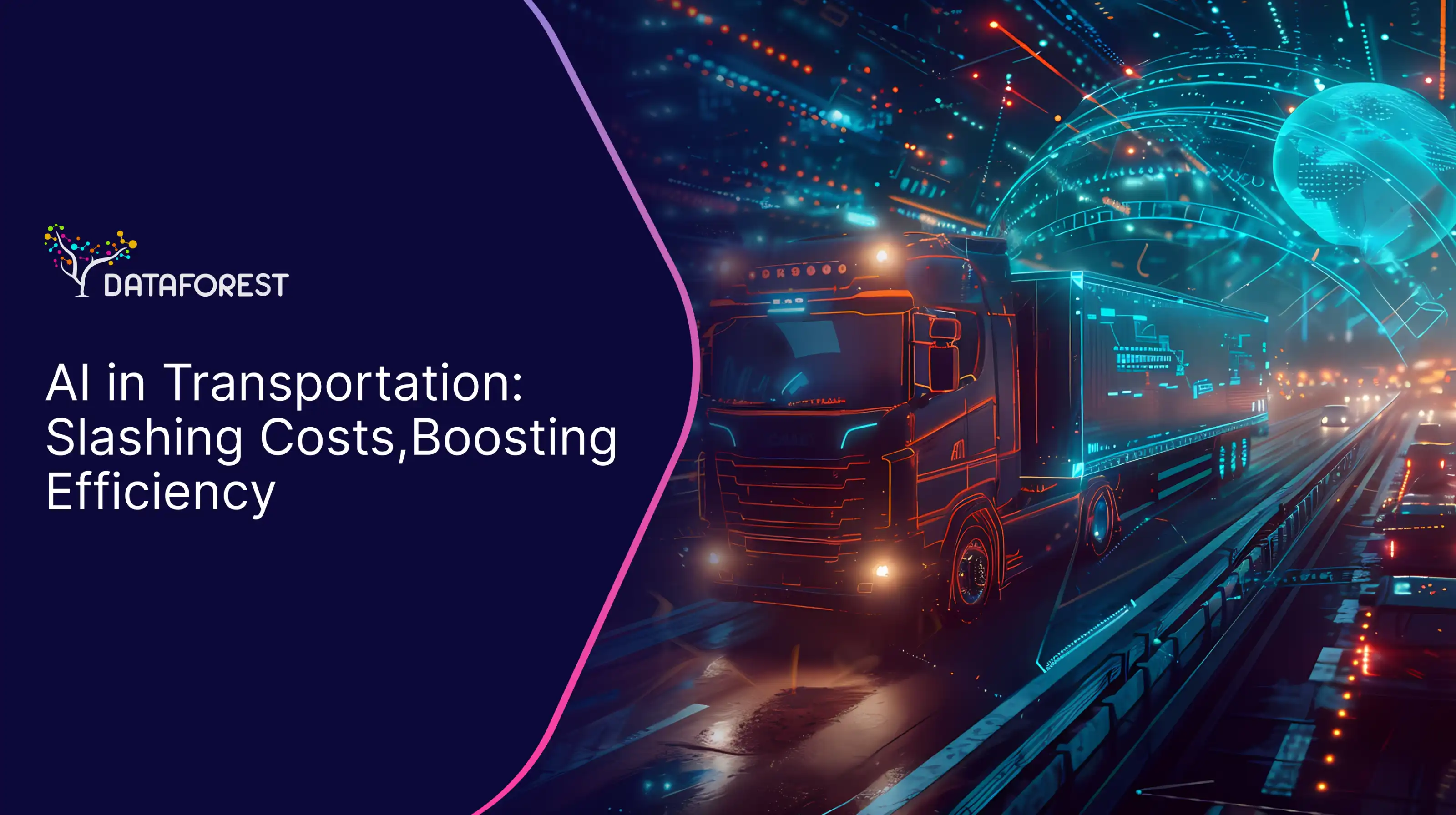Share
Table of contents:

Parallel Processing is a computing method that divides a complex computational task into smaller, independent subtasks, which are executed simultaneously across multiple processors or cores. This technique is used to speed up processing times and increase computational efficiency by leveraging the power of multiple computing units working concurrently. Parallel processing is fundamental in high-performance computing (HPC), big data analytics, and artificial intelligence (AI), where large volumes of data and complex calculations require high-speed processing.
Core Characteristics of Parallel Processing
- Task Decomposition: Parallel processing involves breaking down a larger problem into discrete subtasks that can be processed independently. These subtasks are distributed across multiple processors or cores, each performing a portion of the computation. This decomposition enables faster overall processing, as tasks do not have to be executed sequentially.
- Concurrency: In parallel processing, tasks are executed concurrently, meaning multiple tasks are in progress at the same time. Each processor or core performs a portion of the workload simultaneously with others, resulting in faster completion times compared to single-threaded or serial processing. Concurrency is key to achieving the speed and efficiency gains of parallel processing.
- Synchronization and Coordination: Parallel processing requires synchronization to ensure that subtasks are correctly coordinated, especially when tasks need to share intermediate results or data. Synchronization mechanisms, such as locks, barriers, or semaphores, are often implemented to maintain consistency and prevent data conflicts. Coordination ensures that results are combined correctly to produce the final output.
- Load Balancing: Effective parallel processing requires that tasks are distributed evenly across processors to prevent bottlenecks and maximize efficiency. Load balancing ensures that no processor is idle while others are overloaded, allowing for optimal resource utilization. This is achieved through techniques that dynamically assign tasks based on processor availability or task complexity.
- Communication Overhead: In parallel systems, subtasks may need to exchange data or intermediate results, leading to communication overhead, especially in distributed or multi-node environments. Minimizing communication overhead is crucial for maintaining high performance, as excessive communication between processors can reduce the speed gains achieved through parallel processing.
Types of Parallel Processing
- Data Parallelism: In data parallelism, the same operation is applied to different chunks of data across multiple processors. This approach is common in data-intensive tasks where large datasets can be split and processed in parallel. For example, each processor may perform the same computation on a subset of a dataset in parallel.
- Task Parallelism: Task parallelism involves executing different tasks or functions in parallel across multiple processors. Each processor may perform a unique computation, with tasks that are often independent or require minimal synchronization. Task parallelism is commonly used in multi-threaded applications and functional programming.
- Pipeline Parallelism: Pipeline parallelism divides a task into sequential stages, where each stage is processed by a different processor in a pipeline fashion. Data flows from one stage to the next, allowing different stages to process data in parallel as it moves through the pipeline. This approach is efficient for streaming and batch processing workflows.
Parallel processing is widely used in domains that require intensive computation and large-scale data processing. It is essential in scientific simulations, machine learning model training, big data analytics, and real-time processing systems. Parallel processing frameworks, such as Apache Spark, Hadoop MapReduce, and CUDA for GPU computing, leverage parallelism to handle massive data volumes and complex algorithms efficiently. By enabling simultaneous computations, parallel processing accelerates the execution of computationally demanding tasks, making it foundational to modern data processing, AI, and high-performance computing environments.











